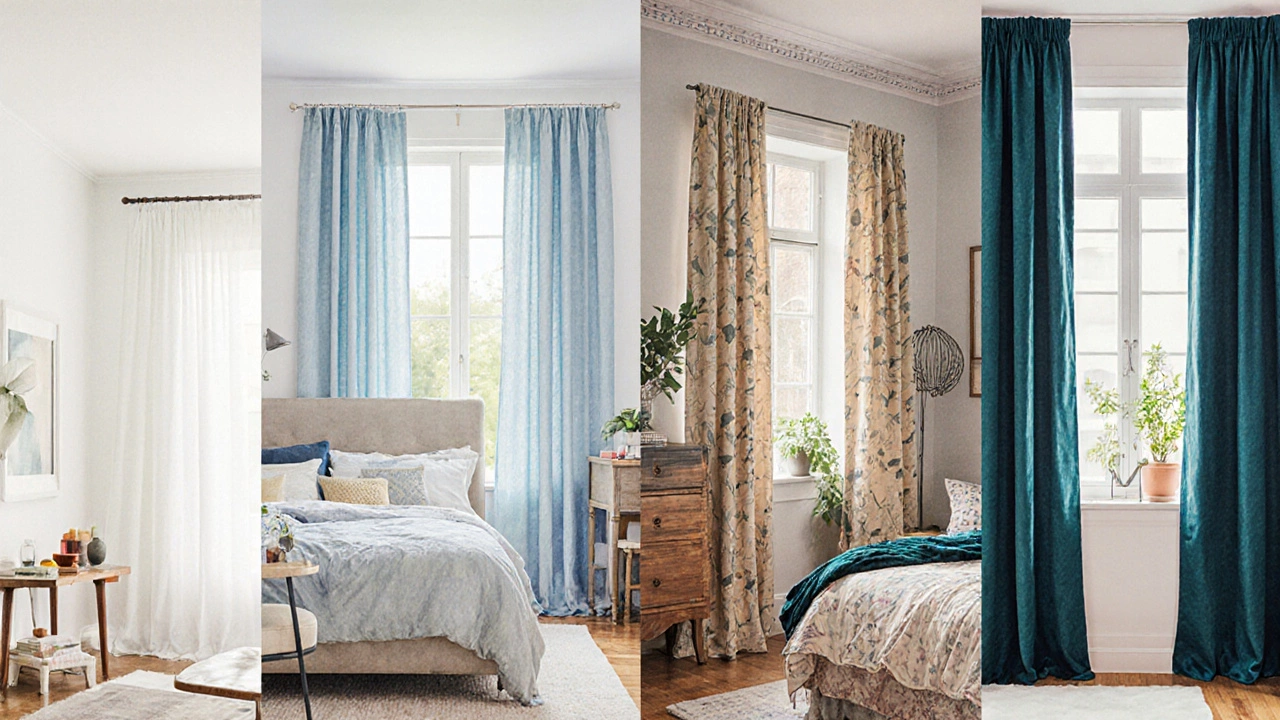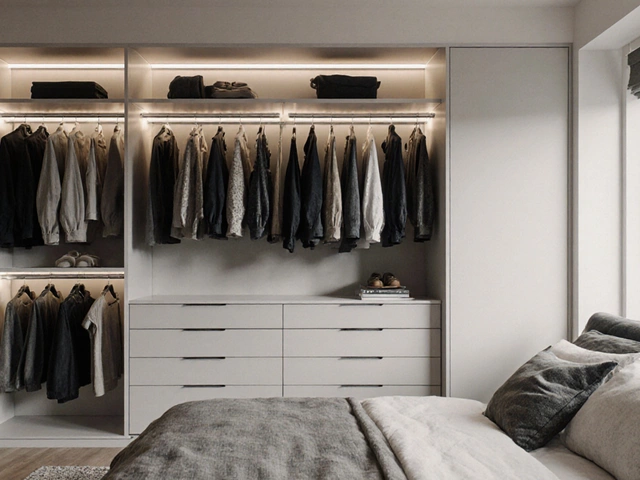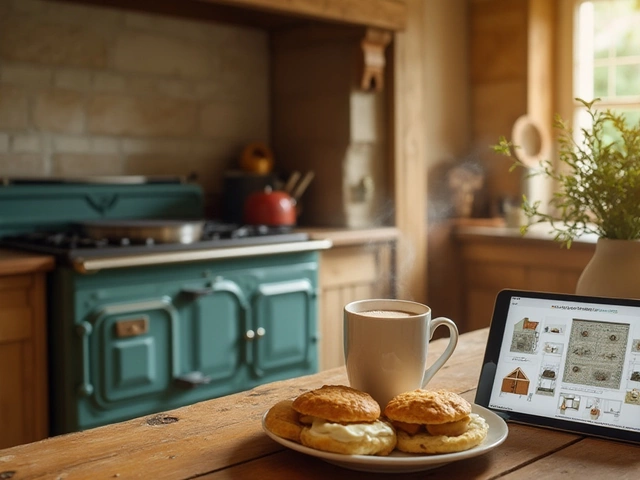Bedroom Curtain Color Selector
Room Purpose
Room Size
Design Style
Lighting
When it comes to turning a bedroom into a cozy retreat, the right curtain hue can make all the difference. Bedroom Curtains are more than just a functional cover; they set the tone for the whole space. And Color Psychology shows us how different shades affect mood, sleep quality, and perceived room size.
Why Curtain Color Matters
Choosing the right color isn’t just about matching the wall paint. Light, fabric, and the overall style of the room interact to create a visual experience. A dark shade can make a room feel intimate, perfect for a master suite, while a light pastel can open up a cramped space. Understanding how Lighting works with the curtain fabric helps you avoid a gloomy or washed‑out look.
Match Your Curtain Hue to the Room’s Purpose
If the primary goal is restful sleep, opt for calming blues, muted greens, or soft lavenders. These colors have been shown to lower heart rate and encourage relaxation. For a vibrant, energizing atmosphere-like a teen’s bedroom-consider warm oranges, sunny yellows, or playful teal. The key is to align the hue with the room’s function.
Factor in Room Size and Ceiling Height
In smaller rooms, light colors reflect more natural light, making the space feel larger. White, ivory, or pale gray curtains are safe bets. For rooms with high ceilings, you have more freedom to experiment with deeper shades; the vertical stretch can actually make the ceiling appear even taller, especially when paired with floor‑length panels.

Select the Right Fabric for the Color
The texture of the material influences how a color appears. Heavy, opaque fabrics like velvet absorb light, deepening rich reds or navy blues. Light, sheer fabrics such as linen or voile let sunlight filter through, softening the hue and creating a subtle wash. Knowing the Fabric Type you prefer helps you predict the final visual effect.
Coordinate with Interior Design Style
Every design style has a palette that feels natural. Below is a quick guide to pairing curtain colors with popular Interior Design Style choices:
| Design Style | Recommended Curtain Color | Why It Works |
|---|---|---|
| Modern Minimalist | Soft gray or crisp white | Creates a clean, airy feel that highlights sleek lines. |
| Scandinavian | d>Muted pastel blue or sage greenReflects the natural, light‑filled aesthetic of Nordic homes. | |
| Rustic Farmhouse | Warm beige or muted terracotta | Echoes natural wood tones and earthiness. |
| Bohemian | Deep teal or rich magenta | Adds a splash of artistic color without overwhelming patterns. |
| Traditional | Classic navy or burgundy | Provides a sense of elegance and formality. |
Consider Seasonal Trends
Seasonal color trends can refresh a bedroom without a full makeover. Autumn brings rust, mustard, and deep green-great for adding warmth. Winter favors cool blues, silvers, and charcoal, which can make the room feel sleek. Spring introduces blush pinks and light mint, perfect for a fresh, uplifting vibe. You can swap curtains seasonally or choose a timeless shade that works year‑round.

Blend with Wall Color and Flooring
When the walls are a bold statement color, neutral curtains keep the look balanced. Conversely, if you have neutral walls, curtains become the focal point. hardwood floors often pair well with earthy curtains, while carpeted rooms can handle richer pigments. Test a fabric swatch next to the wall and floor before committing.Another trick is to pick a curtain color that picks up an accent hue in the room-like a throw pillow or artwork. This subtle echo ties the space together without feeling forced.
Practical Tips for Picking the Perfect Hue
- Use a large paint sample on the wall and drape the curtain fabric over it. View it at different times of day to see how natural light changes the color.
- Consider the Wall Color you plan to keep long‑term. A flexible curtain shade can adapt if you repaint later.
- Think about maintenance. Light colors show dust more quickly; darker shades may fade in direct sunlight.
- Match the curtain hardware (rods, finials) to the overall palette for a cohesive look.
- If you’re unsure, start with a neutral base and add a splash of color through tie‑backs or a patterned liner.
Key Takeaways
- Align curtain hue with the room’s purpose-calm blues for sleep, energizing shades for activity.
- Use light colors to enlarge small rooms; deep tones work well in spacious areas.
- Fabric choice influences how a color appears; heavier fabrics deepen shades.
- Match curtain colors to interior design style for a harmonious look.
- Seasonal swaps keep the bedroom fresh without a full redesign.
What curtain color creates the most relaxing bedroom?
Soft blues, muted greens, and gentle lavenders are proven to lower heart rate and promote better sleep. Pair them with sheer or lightly textured fabrics for a calming effect.
Can I use bold colors in a small bedroom?
Yes, but keep the bold shade on a single wall or as an accent. Choose lighter curtains to balance the intensity and avoid making the space feel cramped.
How does fabric affect the perception of curtain color?
Heavy fabrics like velvet absorb light, deepening rich hues, while sheer fabrics let sunlight diffuse through, softening the shade. Match the fabric to the desired depth of color.
Should curtain color match the wall color?
Not necessarily. Neutral curtains often look best against bold walls, while a colored wall can be softened with complementary or contrasting curtains for visual interest.
What are the best curtain colors for a high‑ceiling bedroom?
Deep jewel tones like navy, emerald, or rich burgundy add drama without overwhelming the space, especially when the curtains reach the floor.
How often should I change my bedroom curtains based on season?
Many homeowners swap curtains twice a year-once in spring for lighter shades and once in fall for richer, cozier tones. It’s a quick way to refresh the room’s vibe.
Are dark curtains okay for a bedroom that gets a lot of sunlight?
Dark curtains can work if they’re lined with a blackout backing to control glare, but consider using a lighter interior facing the window to keep the space bright.








